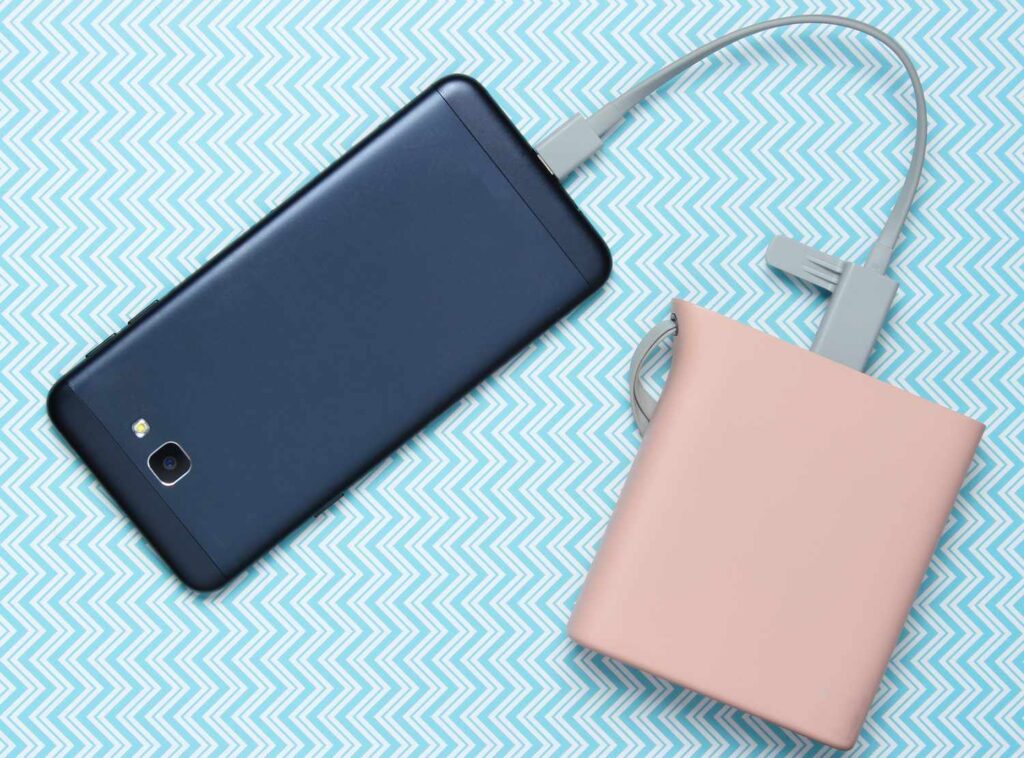How to Charge Your Phone Without a Charger
In today’s digital age, smartphones have become essential tools for communication, navigation, and entertainment. However, running out of battery can be a common issue, especially when you’re away from home or your regular charging setup. Fortunately, there are several methods to charge your phone without a traditional charger. This comprehensive guide will explore various techniques, their effectiveness, and practical applications.
1. Portable Power Banks
Overview
Portable power banks are external batteries that can store electrical energy and provide it to your devices when needed. They are compact and easy to carry, making them ideal for travel or outdoor activities.How to Use
- Charge the Power Bank: Ensure the power bank is charged before you need it.
- Connect Your Phone: Use a USB cable to connect your phone to the power bank.
- Turn On the Power Bank: Most power banks have a button that needs to be pressed to start charging.
Advantages
- Can charge multiple devices.
- Portable and convenient for emergencies.
Disadvantages
- Requires prior charging of the power bank.
2. Solar Chargers
Overview
Solar chargers harness energy from sunlight to charge devices. They are particularly useful for outdoor activities like camping or hiking.How to Use
- Position the Charger: Place the solar charger in direct sunlight.
- Connect Your Phone: Once the charger has absorbed enough sunlight, connect your phone using a USB cable.
Advantages
- Environmentally friendly.
- Works without electricity.
Disadvantages
- Charging speed is dependent on sunlight availability.
3. Car Chargers
Overview
Many modern vehicles come equipped with USB ports that can be used to charge smartphones while driving.How to Use
- Start Your Car: Turn on your vehicle.
- Connect Your Phone: Plug a USB cable into the car’s USB port and connect it to your phone.
Advantages
- Convenient during long drives.
- Utilizes the car’s battery.
Disadvantages
- Only available when you have access to a vehicle.
4. Hand Crank Chargers
Overview
Hand crank chargers convert manual energy into electrical energy through mechanical motion.How to Use
- Connect Your Phone: Attach your phone using a USB cable.
- Crank the Handle: Turn the crank at a steady pace to generate power.
Advantages
- Useful in emergencies where no other power source is available.
- Does not require batteries or electricity.
Disadvantages
- Requires physical effort and may charge slowly.
5. Wireless Charging
Overview
Wireless charging allows devices to charge without direct physical connections by using electromagnetic fields.How to Use
- Check Compatibility: Ensure your phone supports wireless charging.
- Place on Charger: Position your phone on the wireless charging pad.
Advantages
- Convenient and eliminates wear on charging ports.
- Quick setup.
Disadvantages
- May not be as fast as wired charging methods.
6. Public Charging Stations
Many public places offer free charging stations where you can plug in your device using USB cables or standard outlets.
Advantages
- Accessible in many locations such as airports and cafes.
- Often free of charge.
Disadvantages
- Security concerns regarding public USB ports (risk of data theft).
7. DIY Lemon Battery
This method is more of a science experiment but demonstrates how chemical reactions can generate electricity.
How to Create
- Materials Needed: A lemon, copper coin, and galvanized nail.
- Insert Electrodes: Insert the copper coin and nail into the lemon.
- Connect Wires: Use wires to connect these electrodes to your phone (may require additional components).
Advantages
- Educational experience demonstrating electrochemistry principles.
Disadvantages
- Not practical for actual phone charging due to low voltage output.
Summary Table of Charging Methods
| Method | Portability | Charging Speed | Efficiency | Notes |
|---|---|---|---|---|
| Portable Power Banks | High | Moderate | High | Requires prior charging |
| Solar Chargers | Moderate | Slow | Variable | Dependent on sunlight availability |
| Car Chargers | Low | Moderate | High | Only usable in vehicles |
| Hand Crank Chargers | Low | Slow | Low | Manual effort required |
| Wireless Charging | High | Moderate | High | Requires compatible device |
| Public Charging Stations | Moderate | Variable | Variable | Security risks involved |
| DIY Lemon Battery | Low | Very Slow | Very Low | Educational but impractical |
FAQ Section
What can I do to charge my phone in an emergency?
In emergencies, consider using portable power stations, solar chargers, hand crank chargers, or public charging stations.
Can a phone charge itself without a charger?
No, a phone requires an external power source for charging.
Why isn’t my charger working?
Charger issues may stem from faulty cables or ports; ensure connections are secure.
Is it safe to charge using a computer’s USB port?
Generally safe; however, use reliable cables and avoid unstable computers.
How efficient are solar chargers?
Efficiency varies based on sunlight intensity; they can adequately charge phones under optimal conditions.
Will charging without a charger damage my phone’s battery?
Using proper methods typically does not harm the battery.For further reading on alternative charging methods, you may refer to Wikipedia.This guide provides various methods for charging your smartphone without a traditional charger, ensuring you stay connected even in challenging situations.



